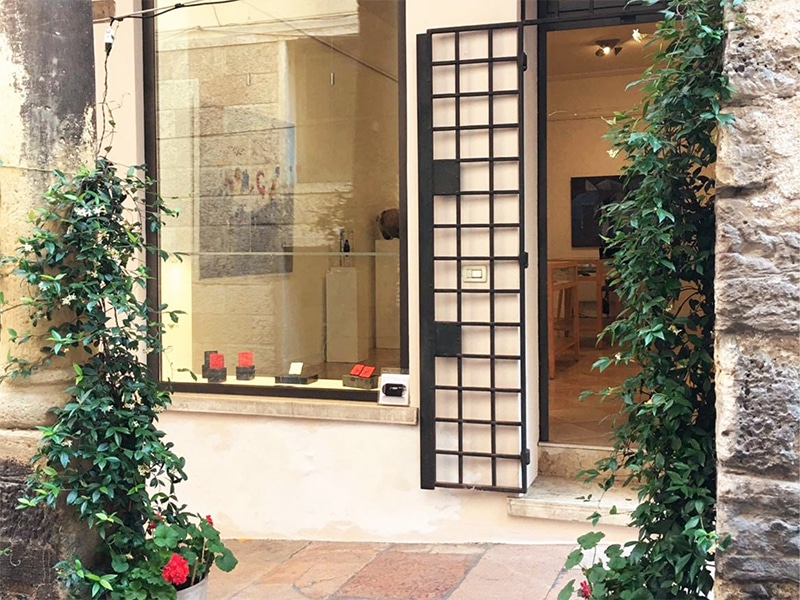
Thereza Pedrosa Gallery, which is owned by Elinor Garnero and Thereza Pedrosa, opened in 2019. It’s dedicated to abstract art in the form of paintings, sculptures, and art jewelry. Art jewelry and things of beauty have always been part of Thereza Pedrosa’s life. In this interview she talks about the decisive moment that brought her fully into jewelry, the gallery’s strategies for surviving the pandemic, and the message of hope she sought to impart to the artists she reps during the difficult period of shutdowns in Italy. Art has the power to make anyplace home, says Pedrosa. “Art makes our lives beautiful and makes us part of the beauty itself.”
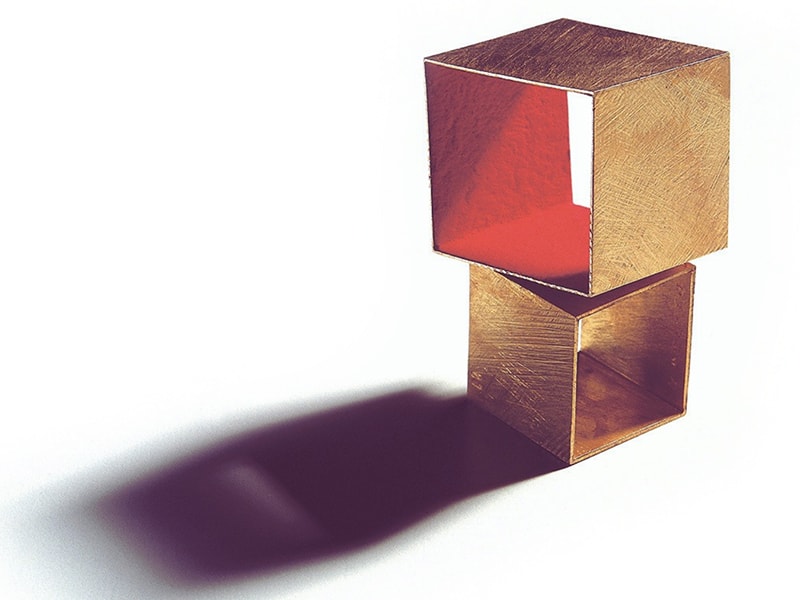
Melis Agabigum: Please begin by telling me a little bit about yourselves. How did you come to jewelry?
Thereza Pedrosa: It’s hard to define how we came to jewelry. I would say it was our life’s journey that got us to where we are now. Elinor worked for 15 years in an architectural studio and for over 20 years as an art manager. She has always been passionate about art, architecture, and interior design. I have a bachelor’s degree in cultural heritage conservation and a master’s degree in contemporary art management and conservation.
Art jewelry has always been present, in some way, in our lives. My father, Bruno Pedrosa, is an artist and even though his main expressive medium is painting, he has always loved to explore other mediums. In his vast library I have always been able to explore the works of artists such as Picasso, Calder, and Fontana, to name a few, who during their long artistic careers created art jewelry. Over the years, my father has also made a few collections of wearable sculptures. I loved going to his atelier. When I was 16, I asked him to teach me the basics of soldering, filing, etc., so I could make something for myself. I then went on to make my own jewelry for 15 years, which introduced me to the world of design.

I grew up in the city of Bassano del Grappa, a beautiful town an hour from Venice. The city isn’t very big, but it has always had incredible cultural offerings: opera, theater, museum exhibitions, and galleries. An interesting group of people would often gather at these exhibitions. Over time I got to know makers including Carla Riccoboni, Stefania Lucchetta, Clara Del Papa, and their work.
But if I had to describe a decisive moment, it was in 2008, when I went to see the exhibition Gioielli d’Autore: Padua and the School of Gold. It showed over 500 works by the artists of the School of Padua, with pieces by artists ranging from Mario Pinton, Francesco Pavan, and Giampaolo Babetto to Giovanni Corvaja and Annamaria Zanella. Presented in the context of the magnificent Palazzo della Ragione, in Padua, the exhibition took my breath away and marked my heart forever. After that moment, while continuing my studies in conservation, I became more and more interested in authorial jewelry and concluded my master’s degree with a thesis called The Use of Niello in Contemporary European Jewelry.
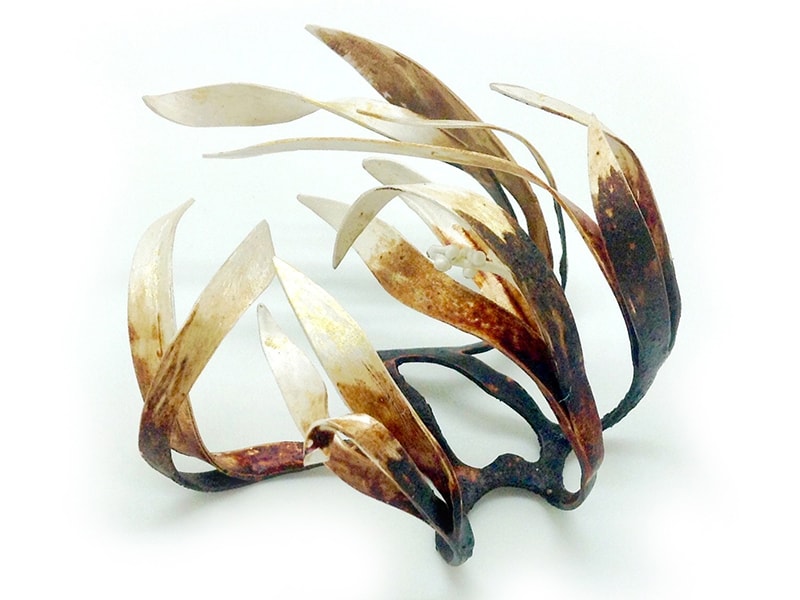
What led you both to decide on owning a gallery together? Please tell us about the gallery itself.
Thereza Pedrosa: I think every gallery has its own guidelines and in some way reflects the personality of the gallerist. And I realize that often it’s not easy to have two gallery owners running a space. In our case, things work wonderfully well. That’s because before even being business partners, we were best friends, as well as mother and daughter. We trust each other unconditionally. We have very similar tastes that lead us to agree on our choices 99.9% of the time. The rare times that we have different opinions, we calmly and kindly confront each other, respect each other, and, in the end, I believe we always arrive at a solution that satisfies us both.
The decision to open the gallery together created a brilliant alliance. Elinor, having spent many years traveling for her work, had slowed down her travel in recent years, so she had more time to think about running a physical space, but she feared she couldn’t handle the amount of work on her own. I, on the other hand, dreamed of opening a gallery, but in the future, perhaps in a few years. At the time, you see, I had a two-year-old son and a daughter who was only a few months old. I thought I would have to wait to open a gallery, because I wanted to be there for my kids and keep my work schedule flexible and adaptable to their needs. In short, Elinor and I were two halves who complemented each other perfectly. When the right space presented itself in the summer of 2019, we decided to launch together.
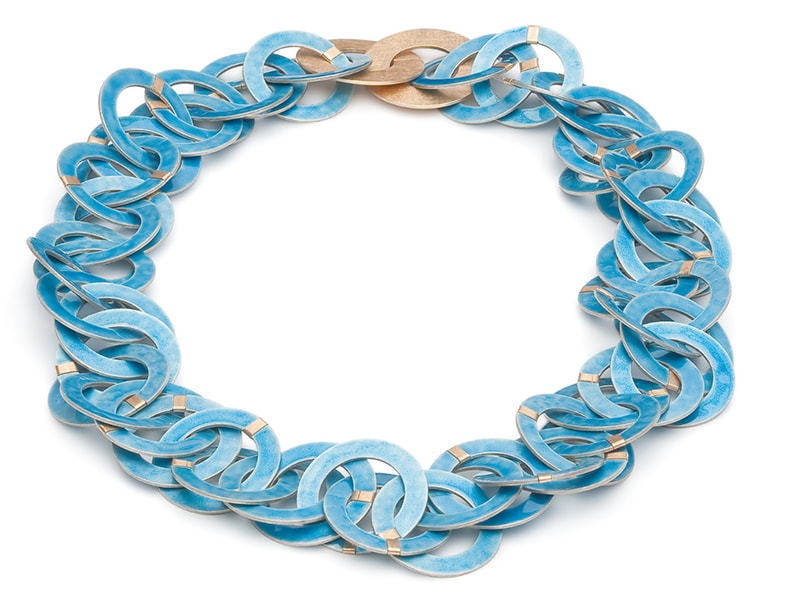
Our gallery is located in the historical center of the medieval village of Asolo, one of the most beautiful villages in Italy, situated among the hills in the northeastern part of the country. The space measures about 40 square meters (132 square feet), and it’s dedicated to abstract art in the form of paintings, sculptures, and art jewelry. We currently represent 40 artists from over 15 countries. We have a program of five exhibitions per year, alternating between solo and group thematic exhibitions—sometimes only paintings or only jewelry, sometimes a combination of arts that communicate with each other.
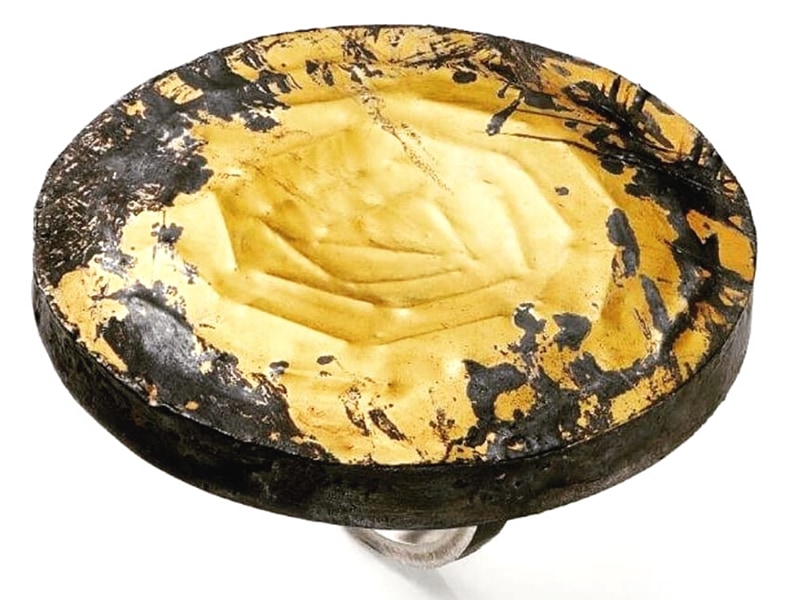
On your website, the slogan “Beautiful People Live Art” appears right below your gallery’s name. Your website states: “The name “Beautiful People Live Art” itself collects the deepest meaning, referring to the importance of art in our lives, in every aspect of our daily routines.” How did you come up with this philosophy, and how does it relate to the work displayed at your gallery?
Thereza Pedrosa: I wouldn’t say it’s something I came up with, but it’s simply the way art has always influenced my life, my well-being, and my state of mind. As the daughter of an artist, I grew up going to museums, galleries, and art fairs, and I loved it. But it’s more than that—I grew up in an artist’s home, surrounded by artworks that I could admire and touch every day, inspiring me for years.
In my 36 years of life, I’ve moved between five countries and 15 homes. In every place I’ve felt at home because when I arrive in a new house with the people I love, we hang the paintings we’ve chosen together on the walls and we arrange the sculptures on the furniture, and I put some jewels here and there and it’s home. It’s an emotion that makes you feel good. That’s the power of art for me.
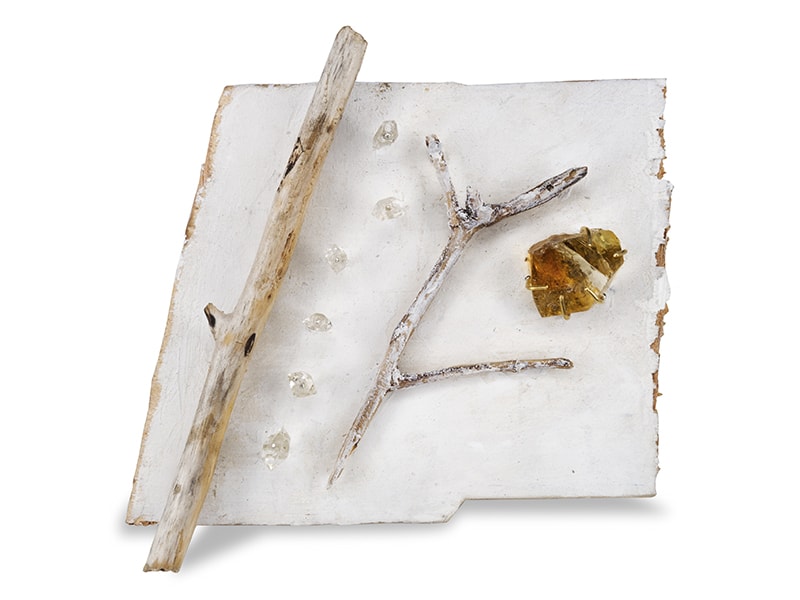
This way of looking at things definitely influences our gallery and our choices. We want the works we have in the gallery to bring emotions (possibly positive emotions) to our collectors when they are wearing them or displaying them in their homes. Consequently, we don’t have conceptual art or video art in the gallery. Overall, this vision is closely related to our desire to represent art jewelry artists in our gallery, with their works of art that can be touched and worn, and that in the interaction trigger our emotions.
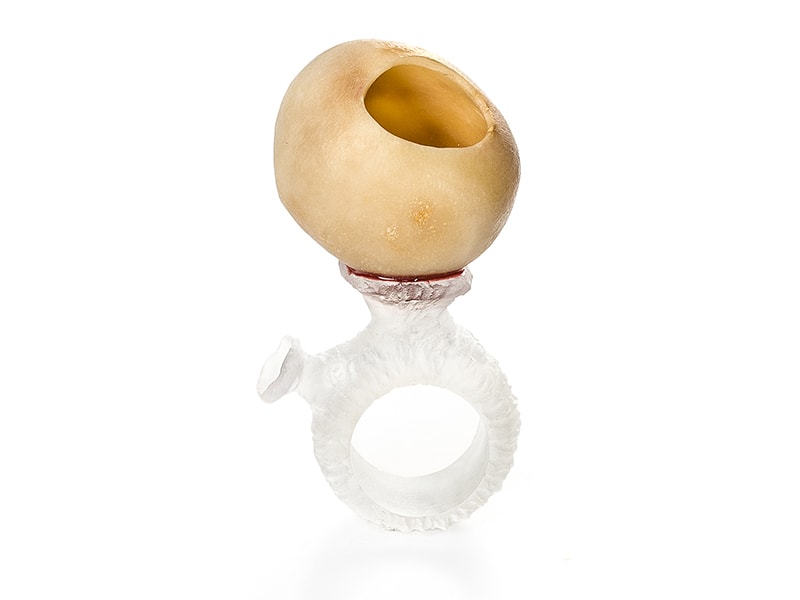
Describe your creative process when curating an exhibition. How do you go about collaborating between having both an art director and an art manager?
Thereza Pedrosa: Well, it may sound complicated but it’s actually quite simple because Elinor and I complement each other. Elinor is the gallery manager and does everything that needs to be done physically in the gallery, while I work remotely, since I live in the Netherlands. I’m the creative director and I do everything online.
For example, Elinor takes care of the administration, local collectors, and displaying the pieces in the gallery, while I take care of the website, social media, and contact and relations with international artists and our collectors. I’m also the curator of the gallery, so normally I decide on the exhibitions, the theme of the show, and the invited artists. But in balancing all of this, I always ask Elinor’s opinion and we both have to agree and be happy with the decisions we make. When it comes time for the setup, we discuss the layout and possibilities together, I make the proposal for the setup, and, in the end, it’s Elinor who confirms the final installations, as she’s physically in the gallery and can best see which layout is most suitable.
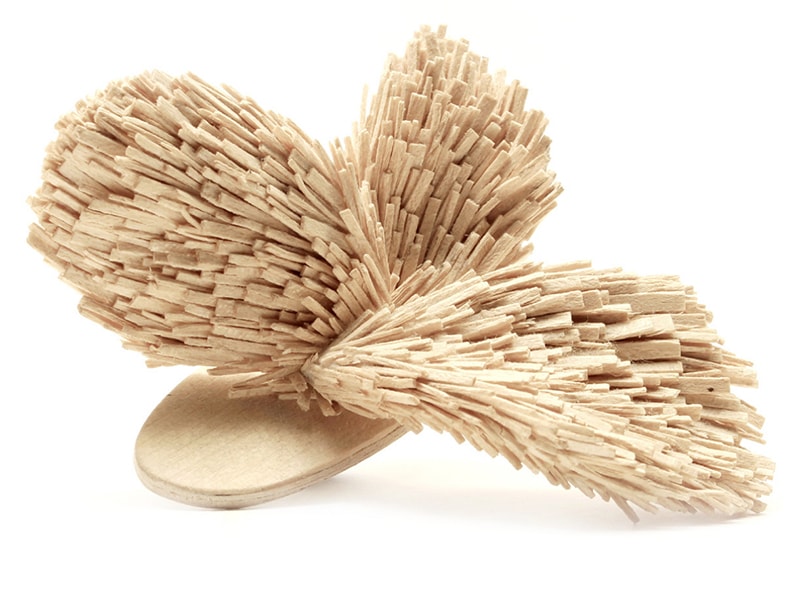
What kind of work do you look for when determining new exhibitions, and how do you feel when you’ve discovered a new maker to showcase at your gallery?
Thereza Pedrosa: It’s hard to tell what I’m looking for when I start planning a new exhibition. When I decide on the theme of the show, I start looking around. Sometimes it’s about inviting artists who I think have the right works for that theme. Other times I like to invite artists to make something for a particular theme, something that will perhaps stimulate them in their artistic research or push them to the edge or beyond their comfort zone. In any case, curating an exhibition is always a source of great inspiration for me, both in researching the theme of the show and in the dialogue that emerges with each artist.
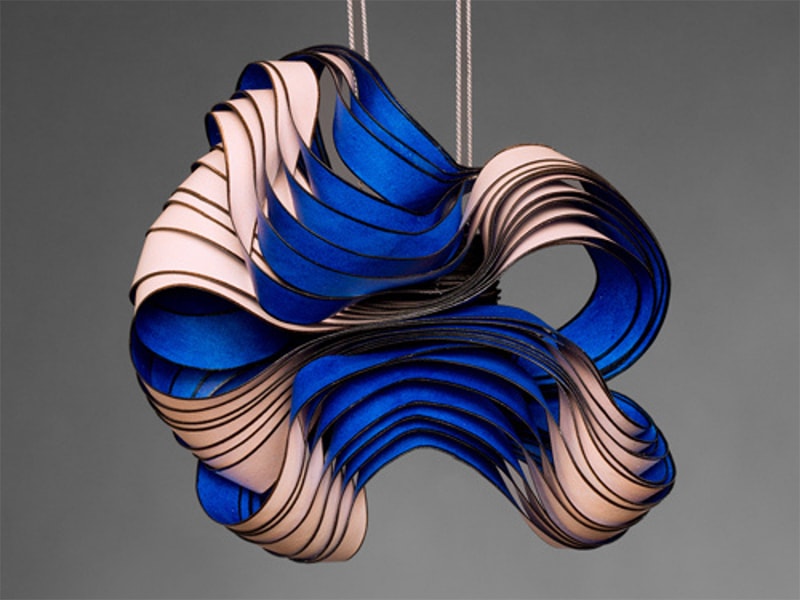
Regarding new artists, between the time I see an artist’s work that I would like to represent in the gallery and the time it happens, sometimes several months can pass—and on rare occasions, a couple of years. There’s a long process of exchanging ideas with the artist, about which works of their artistic productions are best suited for our gallery, the time frame if they have to create works that don’t yet exist, the international shipping (which is an especially huge question mark during COVID), etc.
I’m always very excited when I start a dialogue with a new artist, but the culminating moment is when the works finally arrive at the gallery, so long awaited and desired … I feel like a little girl on Christmas morning!
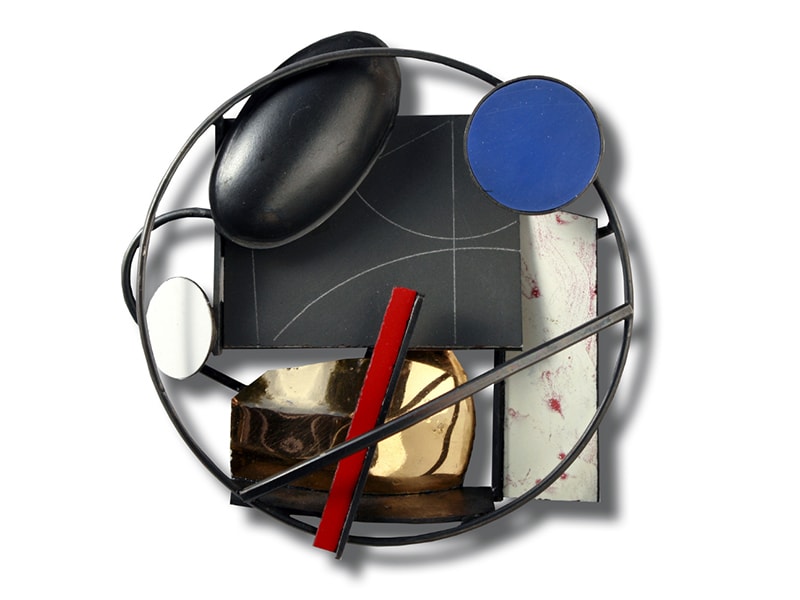
Which artists’ work do you find especially inspiring or unique, and why?
Thereza Pedrosa: Wow, it’s really hard to choose one artist’s work, not only because I’m in love with several different artists who have inspired and amazed me over the years, but also because the choice varies based on my state of mind in the moment. But there’s definitely one thing that wins me over and fascinates me immensely when it comes to jewelry, and that’s the artists who use techniques that are centuries or even millennia old—goldsmithing techniques, but sometimes techniques from other fields such as weaving—and use them in a completely new way, creating works that are contemporary but imbued with a priceless historical and archaic value.
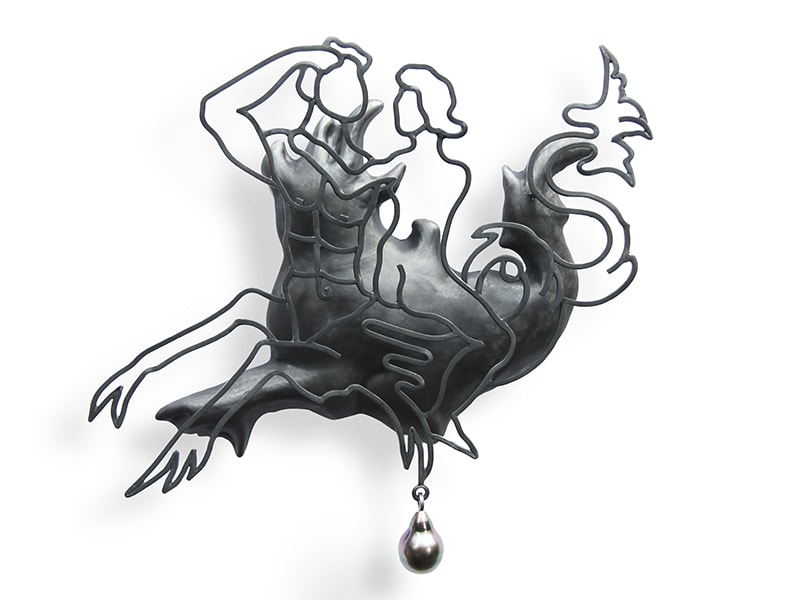
With COVID, many galleries had to put their exhibitions on hold. How did you survive through the pandemic, and what advice would you give yourself or any other gallery for the future?
Thereza Pedrosa: Certainly the pandemic has been a challenge for everyone in one way or another, personally or at work. In the case of our gallery, we had been open less than six months when the first lockdown was imposed in Italy. Putting everything on hold for months or an entire year wasn’t an option for us because we weren’t going to survive, so we looked forward.
I’m a very positive person and I try to look at life in the best possible light—I truly believe that our mindset can do wonders! Difficult times are hard, but they always present possibilities if you accept the challenges and try to look outside the box for new solutions. Of course, in this year of COVID, we’ve had countless setbacks, schedule changes, last-minute postponed exhibitions, the list goes on, but we’ve continued to adapt and persevere.

During the first lockdown, we moved exhibitions online. During the summer of 2020, there was only one exhibition on the gallery schedule, which was cancelled due to COVID and the fact that the artists involved couldn’t ship the pieces. That summer, instead of just one gallery show, we did three solo exhibitions of artists living in Italy and two group shows online. The busy schedule at that time was obviously due to the gallery’s need to keep moving to survive, but there was more to it than that. COVID was a hard stop for not only us, but also the art world as a whole. Artists saw almost all of their shows cancelled, and many were demoralized, dejected, or lost, with no motivation to work. Our art collectors were all dealing with their own family and work issues due to the lockdown. By persevering to create the gallery exhibitions in between lockdowns and by putting all of them online, we wanted to send a message of hope to the artists who had believed in us from the beginning and to the collectors who had shown us an amazing welcome in Asolo in those first few months.
We wanted to give the artists goals, motivation, a positive mindset, and something to look forward to. And to our friends and collectors we wanted to give exhibitions that collected strong works full of positive energy, that gave them the right charge to overcome difficulties. Of course, this wouldn’t have been possible without the incredible support and willingness of the artists Carla Riccoboni, Gigi Mariani, Bruno Pedrosa, and Lluís Comìn, who made themselves available to change their schedules and to work with us day and night to put together their solo shows in an incredibly short period of time. I will always be thankful to them. Likewise, we’re immensely grateful to the international artists who joined our online exhibitions during the lockdown period, there are too many to name them all, but I thank them from the bottom of my heart. Thanks to all of them, we ended the gallery’s first year in a positive way—it was a year full of challenges, but also of great satisfactions.
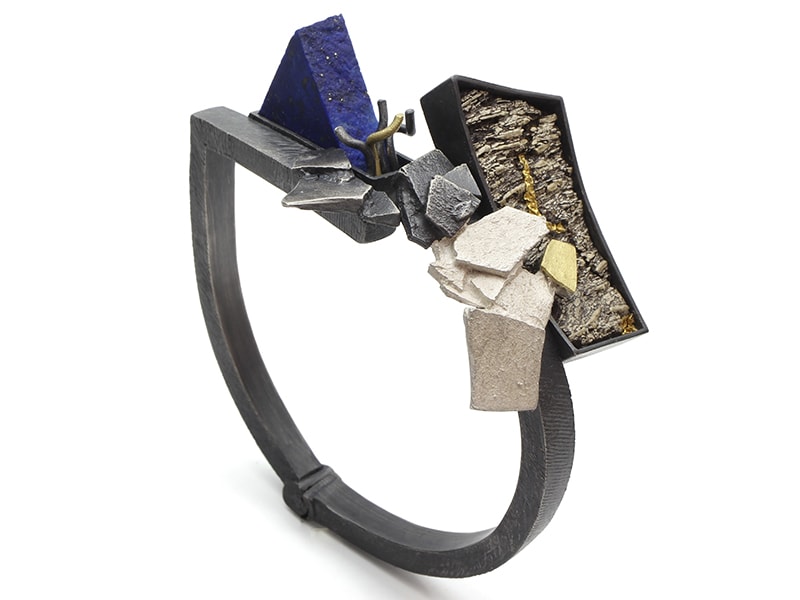
As a gallery, what do you hope to see in the next five to 10 years?
Thereza Pedrosa: I’d love to see author jewelry spread more and more beyond the confines of experts and enthusiasts in the field. There are a lot of people who love art, architecture, and design, who love to surround themselves with unique things, but who don’t even know about the existence of contemporary and author jewelry. I would love to see more cultural exhibits in museums dedicated to artists in this field, not only in design or craft museums, but also in art museums. And I would love to see far more people choosing to be unique!

Tell readers about your favorite piece on display right now at your gallery, and please explain why.
Thereza Pedrosa: I could really talk about at least 10 pieces that I love, for one reason or another. One of the things I love most about abstract art is that each work encapsulates a story that the artist wanted to tell, but at the same time is open to interaction with the viewer. The moment each of us comes into contact with a work, we are free to experience it in a personal way, each of us reading something different into it, influenced by our own experiences.
At the moment, my favorite piece in the gallery is a gold and red pigment ring made by Giampaolo Babetto in 1995. Its shapes are geometric, square, essential, and clean, almost perfectly rational. Yet not quite … the upper square leans against the lower one, but not completely, leaving us with a perpetually suspended breath for this moment of instability made eternal. Adding to this is the wonder of the power of red, of a dominant passion, almost hidden in these rational, controlled forms. For me, this ring is a tumult of emotions enclosed in what at first glance seems to be a rational and perfect form.

Please share something super interesting you’ve seen, read, or heard lately, and why.
Thereza Pedrosa: One of the most recent books I purchased for my library is The Grotta Home by Richard Meier: A Marriage of Architecture and Craft, published by Arnoldsche in 2019. The book showcases the beautiful home of collectors Sandy and Lou Grotta, designed by Meier to house their extensive art and craft collection, and reading about their experience blew my mind. Not only does it contain many beautiful photos of their home, but it includes interesting interviews with them as they explain how they collect, why they collect, and how they decided to display all the pieces around the house.
They truly live their collection, and their house was built to be a home for it. It was deeply fascinating and inspiring for me to read about their collecting journey and how their collection affects their lives. It’s a beautiful example of what I was saying in my previous responses, of what I believe and try to inspire with our gallery. Art makes our lives beautiful and makes us part of the beauty itself.




